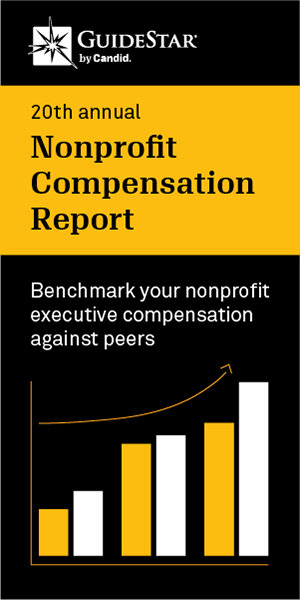Commitment to Reducing Inequality Index

Mission: to enable activists to use the data in their own campaigning and advocacy.
Background: The Commitment to Reducing Inequality Index (CRI Index) was developed by a coalition of twenty organizations in with networks in more than ninety countries, with funding from the Open Society Foundations, the Bill & Melinda Gates Foundation, Oxfam International, Norwegian Church Aid, and Development Finance International, a nonprofit capacity-building, advocacy, advisory, and research group. The index measures the extent to which governments are tackling inequality — such as their commitment to providing free public health care, guaranteeing decent wages, and ensuring that the wealthy pay their fair share of taxes. It does not measure inequality itself but instead focuses on what each government is doing to fight inequality in the 158 countries included. The overall goal of the index is to monitor governments and hold them to account, as the partner organizations believe that inequality is not inevitable or accidental but the result of deliberate policy choices.
Outstanding Web Features: A central aim of the CRI Index is to enable activists to use the data in their campaigning and advocacy and to put that data and tools in the hands of journalists, advocates, researchers, and policy makers to encourage the use of the index by others. As a part of that mission, the developers work with allies to check and validate the data. The index ranks each government on its policies and commitments in three areas — public services (education, health, and social protection), taxation, and workers’ rights. Each country is scored equally on three pillars and three areas of action within these thematic pillars: policy commitment (how committed is the government through its policy commitments?); coverage or implementation (who is covered because of policy actions?); and impact indicators (what is the impact of policy actions on inequality?). The Explore Data page lets visitors look at how their country is doing in one or more of the pillars in the overall index. It also enables several countries to be compared in one or more areas. The Index in Action page then provides visitors with further information on how the tool is used, and the Country Profiles page gives a snapshot view of evaluated countries and their scores. Those interested in more details about the database can view the site’s Reports page, a comprehensive FAQ, and downloadable content provided about all countries in the database.
(Photo credit: Dapo Abideen via pexels)






